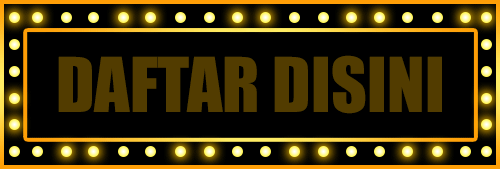AliExpress
All Categories
 Home & Garden
Home & Garden Hair Extensions & Wigs
Hair Extensions & Wigs Men's Clothing
Men's Clothing Accessories
Accessories Consumer Electronics
Consumer Electronics Home Improvement & Lighting
Home Improvement & Lighting Home Appliances
Home Appliances Automotive & Motorcycle
Automotive & Motorcycle Luggages & Bags
Luggages & Bags Shoes
Shoes Special Occasion Costume
Special Occasion Costume Women's Clothing
Women's Clothing Sports & Entertainment
Sports & Entertainment Toys & Games
Toys & Games Babies & Kids
Babies & Kids Phones & Telecommunications
Phones & Telecommunications Computer, Office & Education
Computer, Office & Education Furniture
Furniture Pet Supplies
Pet Supplies Security & Protection
Security & Protection Beauty & Health
Beauty & Health Tools & Industrial
Tools & Industrial Lingerie & Loungewear
Lingerie & Loungewear Jewelry & Watches
Jewelry & Watches
"overflow:hidden;box-sizing:border-box;-webkit-tap-highlight-color:rgba(0, 0, 0, 0);outline:rgb(255, 255, 255) none 0px;display:inline-block;line-height:18px;">




